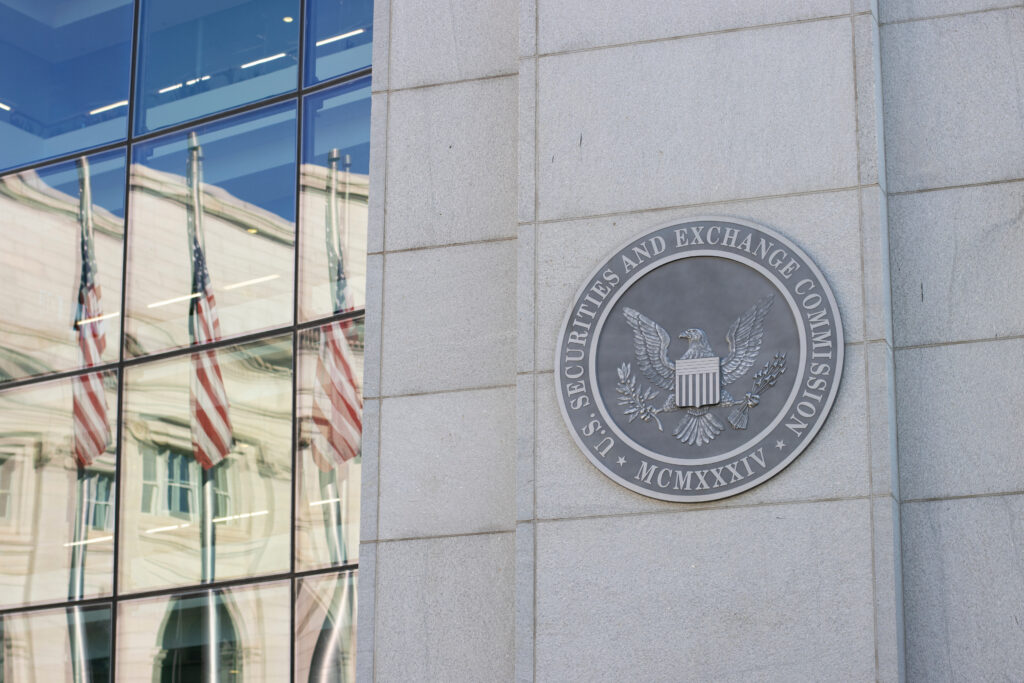By Matt Mooney
The long-awaited ruling on climate-related disclosures from the U.S. Securities and Exchange Commission (SEC) and the anticipated court challenges are now here. After almost two years of speculation, both publicly traded companies and private companies considering IPO now have something concrete to review.
While the judicial process plays out, companies should use this holding period to evaluate their climate impacts, risks, and opportunities so they can address not just the potential SEC requirements, but the other myriad areas influenced by these topics, such as:
- Addressing inquiries from customers, investors, insurers, ratings institutions, and others.
- Preparing for compliance with other regulations, such as CSRD and potential legislation in Australia, Canada, and others.
- Minimizing the costs of increasing severe weather events and carbon taxes.
- Strengthening business and supply chain resilience to adapt to a changing climate.
Regarding the implications specific to the SEC rules, here are three of the biggest ones we share with clients:
1. Financial materiality enforcement has arrived.
The critical word throughout the SEC guidance is “material”—a word that has a complicated history in sustainability reporting.
For years, the Global Reporting Initiative (GRI) has sought to apply principles of financial materiality into its guidance and standards for voluntary sustainability disclosures. GRI claims that new concepts like “double materiality,” which integrate financial and impact materiality, are simply a repackaging of what it has been preaching and proposing all along.
Our experience in practice, however, is that many publicly traded companies in the U.S. actively avoid using the word “material” in their sustainability reports. Companies do not want to invite SEC regulatory scrutiny on the topics deemed most important in their sustainability assessments.
If the SEC rules are upheld, avoidance will no longer be an option.
2. The sustainability, finance, and risk functions will need to play nice in the sandbox.
A direct result of the point above on financial materiality is the collision of these very different business functions. Sustainability, finance, and risk all will be necessary to meet the new disclosure requirements, especially on material climate risks and associated impacts.
The challenge for these functions will be learning to collaborate and communicate effectively given the very different contexts in which they traditionally operate.
Finance and risk professionals at public companies are used to operating a complex, highly choreographed reporting process that is repeated like clockwork, quarter after quarter. It has evolved over decades to meet the exacting standards of external auditors. They understand the importance of this routine because the penalty for inaccuracy can be jail time for their executives.
Sustainability professionals on the other hand are used to a different variety of complexity, one that requires regular improvisation, comfort with ambiguity, and fluency in multiple forms of measurement beyond dollars and cents. Sustainability reporting standards are still volatile by comparison where significant changes are the norm rather than the exception.
These functions will need to come together quickly to understand and appreciate the roles played by others. A team effort will be necessary to qualify and (especially) quantify sustainability impacts and risks and determine if they cross thresholds of financial materiality.
3. Sustainability reporting is likely to undergo significant changes.
Regardless of the court outcomes, this rule is likely to have a ripple effect on sustainability reporting as public U.S. companies take a much closer look at their practices. These ripples are magnified by other concurrent regulations happening elsewhere in the world, including CSRD and California 253/261 as well as proposed regulations in Canada and Australia. Some ripples will be more evident than others, but a few of the biggest ones we see are:
- Greater focus on assurance: The requirement for limited and then reasonable assurance will lead senior executives to query and test the controls around sustainability data. Organizations have already started to incorporate dedicated resources with sustainability and auditing competencies to address this need.
- Reduced number of “material” topics: Even in the context of “double materiality,” the increased emphasis on financial materiality likely will lead to fewer topics on companies’ materiality assessments. This is not necessarily a bad thing as it will help them focus more on which topics are most important to them and why.
- Better quantified climate risks: CDP, TCFD, and now IFRS S2 have pushed companies toward greater valuation of climate-related risks and opportunities, but all of those lack the enforcement strength of an SEC rule. This should lead to more standardized quantification methods.
For more information about how 3R is helping clients address all the areas above and may be able to help your company, contact us here for a free initial consultation.
